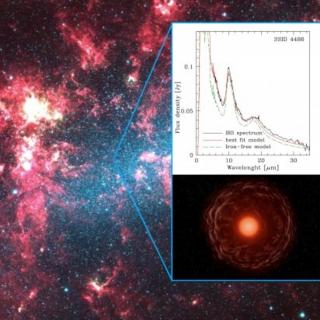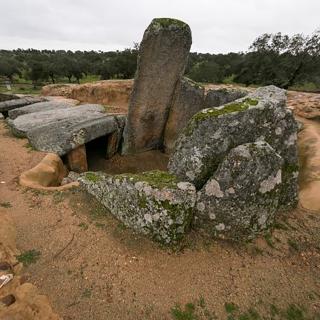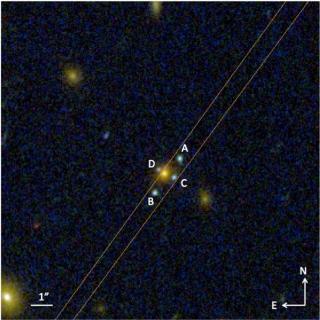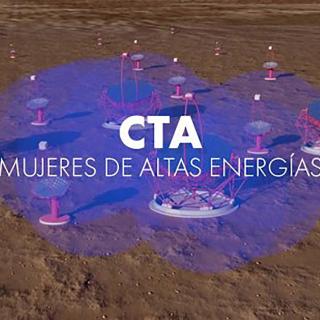
Stars with masses between one and eight times the mass of the Sun evolve along the asymptotic giant branch (AGB) before ending their lives as white dwarfs. It is during this rapid but crucial phase when the stars expand to huge dimensions and cool down, losing a major fraction of their mass due to the strong stellar winds. The low temperature and high density of the winds provide ideal conditions for the condensation of dust grains in their circumstellar envelopes. The dust produced by the stars in their AGB phase and expelled into the interstellar medium is important for the lives of the
Advertised on




